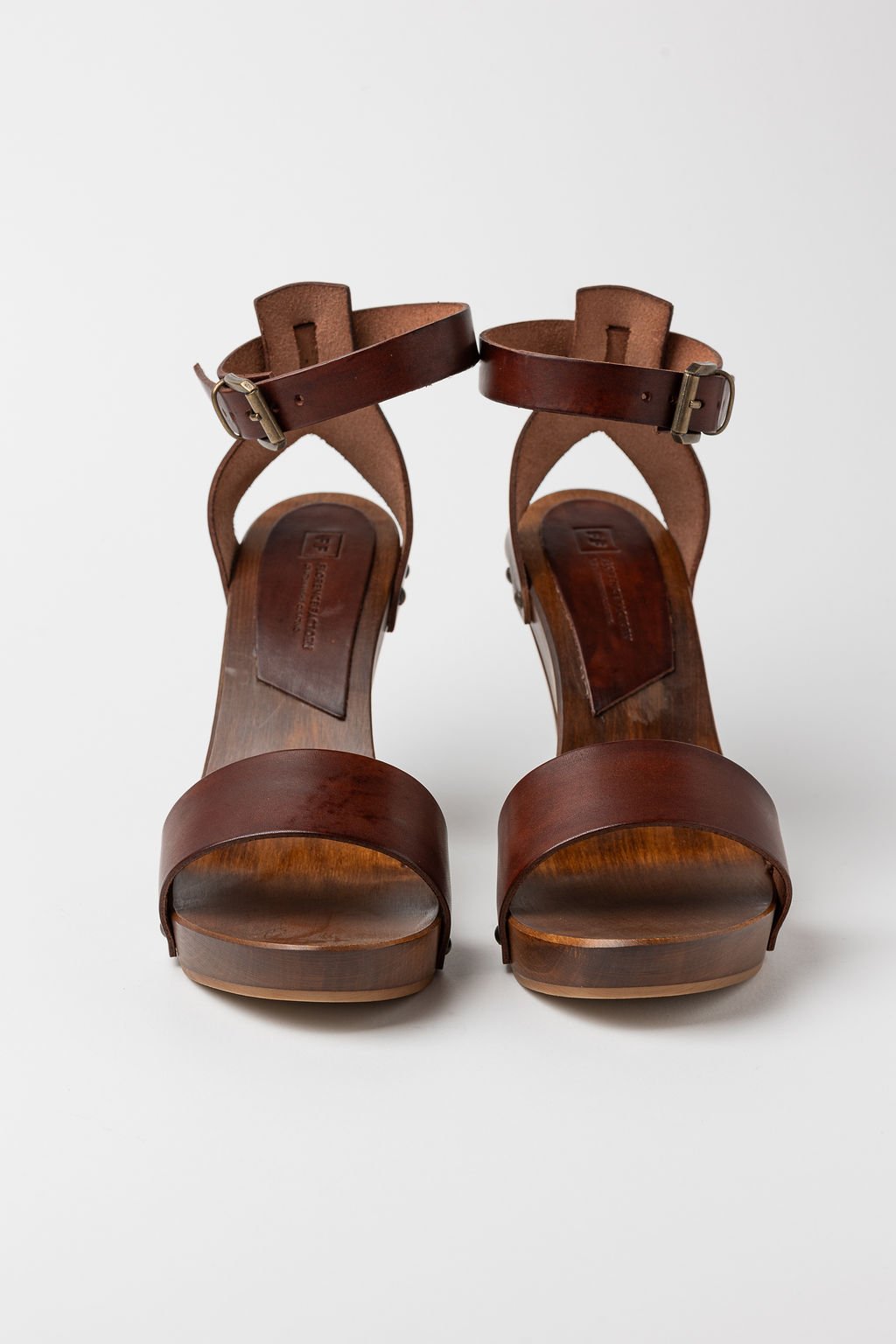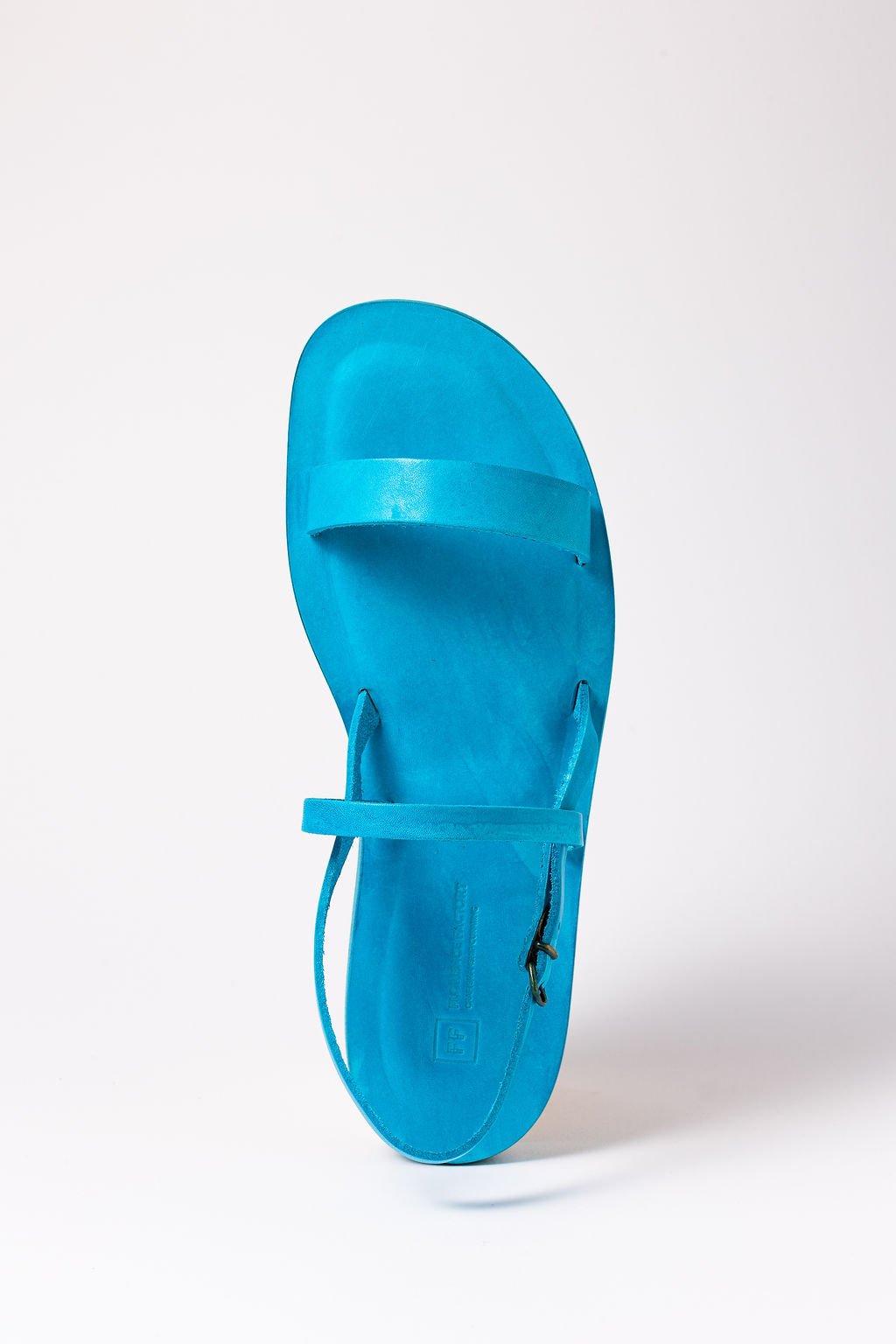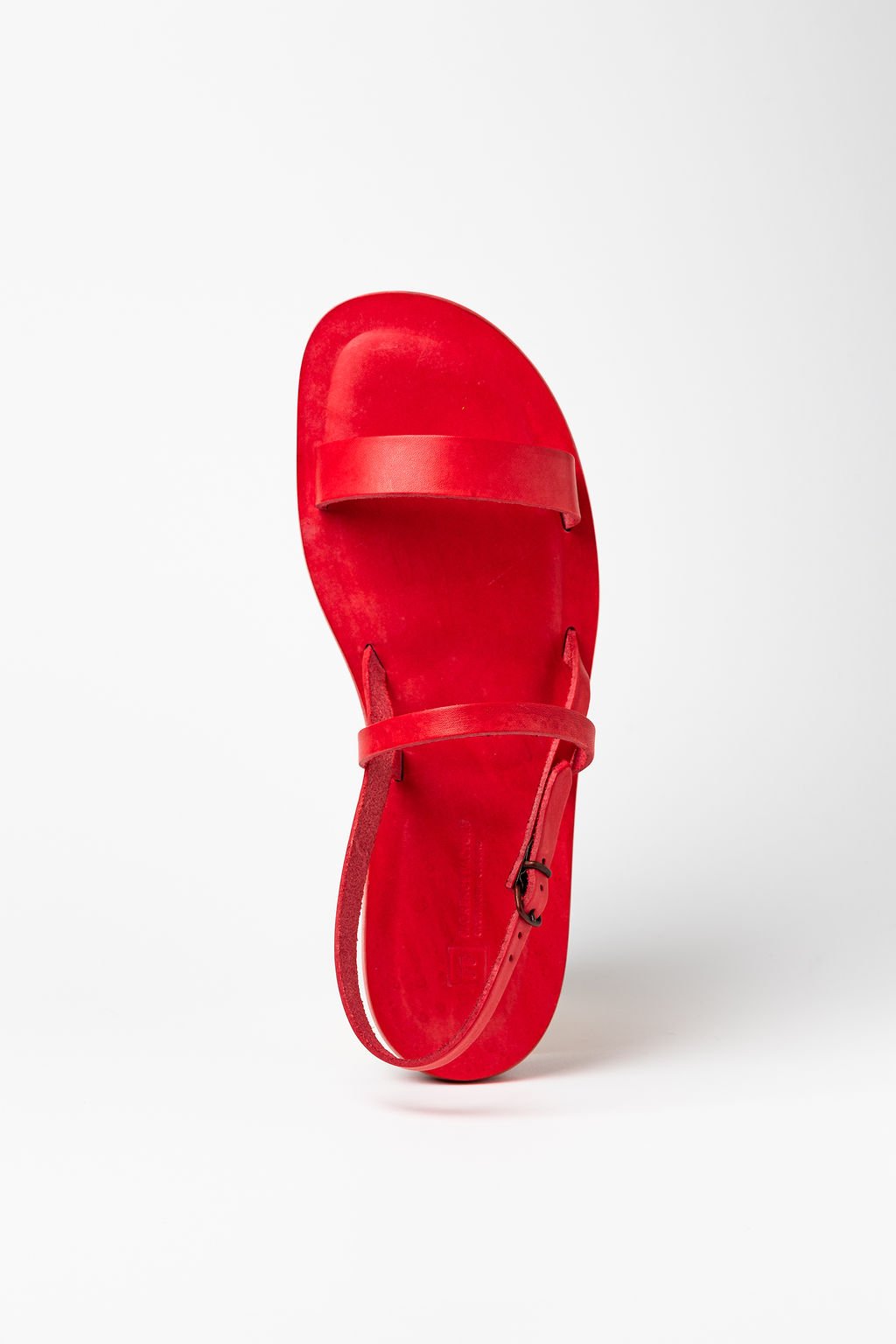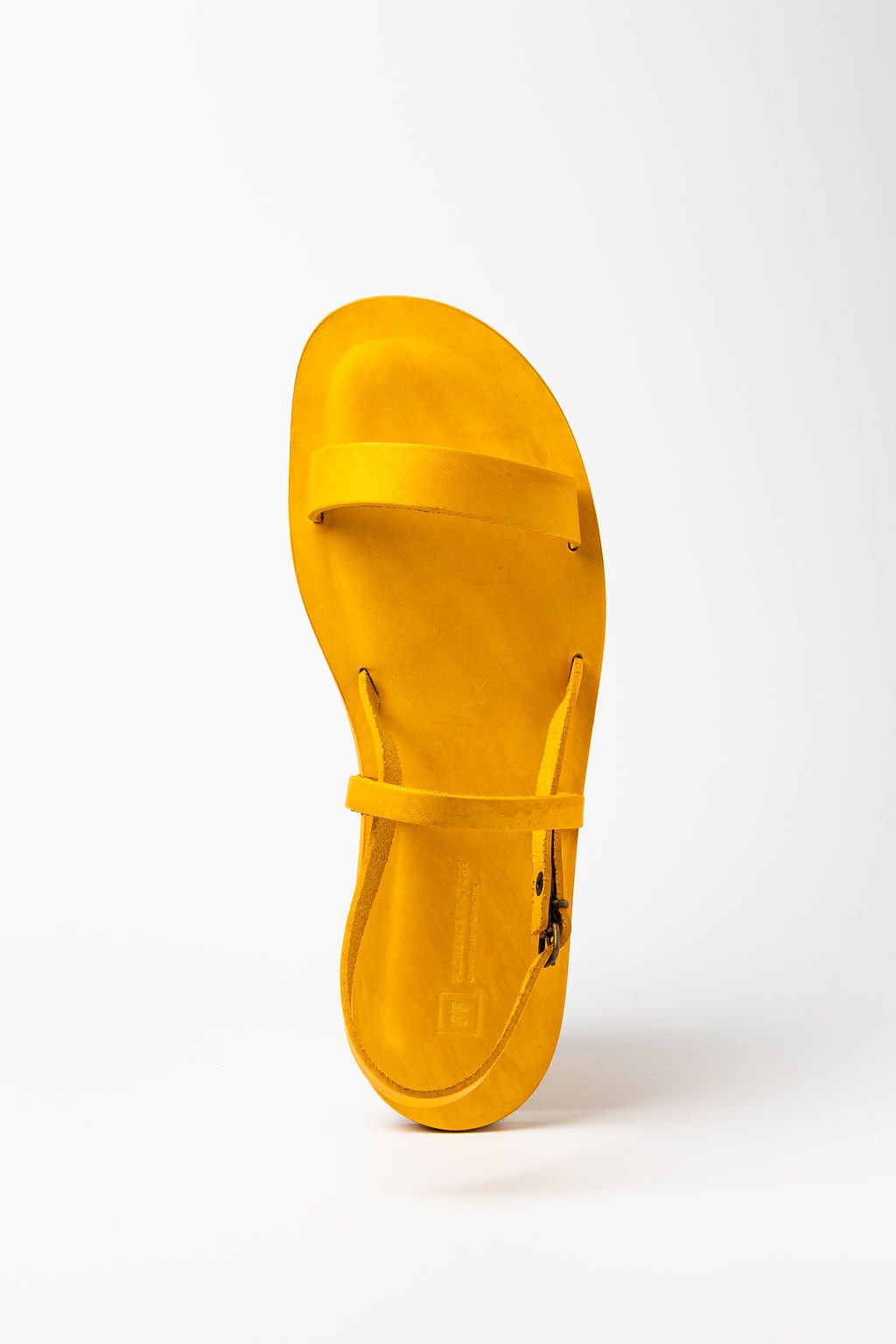Vegetable-Tanned Leather Sandals: A Buying Guide
How to choose durable, breathable sandals made in Florence.
A clear, no-nonsense guide to materials, fit, and care—so a good pair lasts more than one summer.
What “vegetable-tanned” actually means
Vegetable tanning is the centuries-old Tuscan method of turning raw hide into leather using plant-based tannins (think oak, chestnut, mimosa). No synthetics, no “instant” tanning. The result is leather that starts firm, relaxes with wear, and develops a natural patina—exactly what you want in a sandal that has to breathe, flex, and age gracefully.
Why it matters for sandals: open shoes live in heat and humidity. Veg-tan’s fiber structure stays porous enough to manage moisture while holding shape. Translation: fewer clammy feet, better long-term comfort.
Breathability, patina, and break-in
Week 1: expect a snug feel. Straps will ease slightly as the leather warms and flexes.
Month 1: edges soften, footbed molds, color deepens a tone or two.
Patina: UV, oils, and wear produce a rich, uneven depth that synthetic leathers can’t fake. If you prefer a uniform color forever, veg-tan isn’t your material.
Pro tip: wear them for short outings first. Let sweat fully dry between wears so fibers recover.
Fit and sizing: how to get it right
Length: the outsole should frame the foot—no toes spilling over, no heel dangling.
Straps: secure but not strangling. You should be able to slide a pinky under a strap.
Width & instep: if you have a high instep or wider forefoot, look for adjustable buckles or slightly wider strap placement.
Half sizes: when in doubt, size up—leather relaxes; your toes do not.
If you’re between sizes or need extra strap length, message us—select styles allow subtle adjustments.
Care basics (simple, effective, no drama)
Clean: wipe dust with a dry cloth; spot-clean with a barely damp cloth (water only).
Condition (sparingly): a pea-sized amount of neutral conditioner on a soft cloth, buffed in thinly. Test first—most conditioners will darken veg-tan a shade.
Drying: air dry away from heat; stuff the footbed with paper to help maintain shape.
Storage: cool, ventilated space; avoid sealed plastic.
Repairs: straps and footbeds can often be repaired. Small-batch construction is designed with longevity in mind.
Deep dive: How to Care for Leather Sandals
Sustainability, traceability, and price reality
Veg-tan uses renewable plant tannins, and our small-batch approach reduces overproduction. Hand finishing takes time; so does sourcing better hides. You’re paying for material integrity and repairability—less landfill, more summers.
Visit us near Santa Croce — Florence Factory, Via dei Neri 6/8R.
Open most days; hours may vary seasonally. For same-day pickup, please message or call us first: availability depends on the item and batch.
-
Worldwide shipping via FedEx — tracked & insured.
-
In-store pickup by arrangement — message or call us; availability varies by item.
-
Custom & on-request options — colors, sizing, gemstones (on select pieces).
-
Small-batch, artisan-made — durability, repair-friendly, fair pricing.
FAQ
Do vegetable-tanned sandals stain feet in summer?
A light transfer can happen early on, especially with moisture. It’s temporary—wash with mild soap and water. As the leather seals with wear, transfer subsides.
How long is the break-in period?
Most feet feel “at home” after 3–5 short outings. Full comfort typically arrives within a few weeks of regular wear.
Can straps be adjusted or replaced later?
Often, yes. Select styles allow extra holes, strap swaps, or length adjustments. Message us with a photo for options.
How do I condition sandals without darkening them?
Use a tiny amount of neutral conditioner and test on the underside first. Many products deepen color slightly—consider that part of the patina.
Are vegetable-tanned sandals okay for rain?
Caught in a shower? No crisis. Blot, reshape, and air dry away from heat. Prolonged soaking isn’t ideal—rotate pairs if rain is in the forecast.






